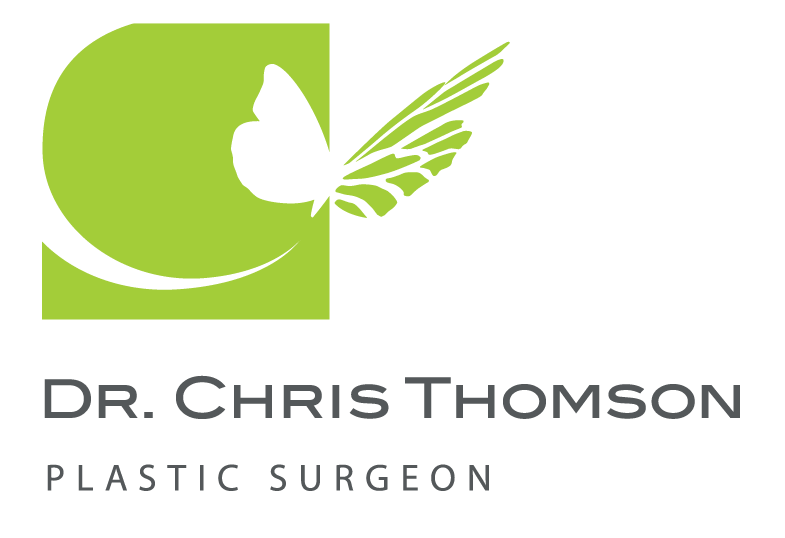Will I have a scar?
Occasionally I meet a patient who gives me more credit than I deserve. This comes in the form of a belief that I can perform surgery without leaving a scar. Unfortunately all surgeries result in a scar of some kind, and all scars are permanent. There are, however, some ways for plastic surgeons to hide scars, minimize their visibility or disguise their presence.
Surgical technique certainly affects the quality of a scar. Gently handling the skin while closing an incision, layering the closure to reduce tension, and avoiding suture techniques that pierce the skin repeatedly are among the “tricks of the trade”. Some skin types still produce thicker scars despite our best efforts. Ultimately biology is more powerful than technique, unfortunately.
The second method of hiding scars is to place them in an area that is less visible to the eye. This is where a skilled surgeon shines. For example, a commonly used technique is to place a scar in a natural crease in the skin. In breast augmentation I prefer to use an incision at the inframmary crease. When the breast has been augmented there is a shadow underneath the breast which minimizes the visibility of the scar. In addition to this, the breast is now rounder and often the scar sits behind the horizon of the breast. When operating on the face, I plan my incisions taking into account skin tension, normal facial movement, and natural dips and creases to disguise the eventual scar as much as possible.
Finally, and most difficult for people to hear: patience is a virtue. Scars mature over the first year post operatively, and often beyond that timeframe. The usual progression of a scar is from red to pink to white (in caucasians) which makes them less noticeable over time.
No one wants a scar, but with good surgical technique and a little luck, your plastic surgeon can minimize their visibility.
